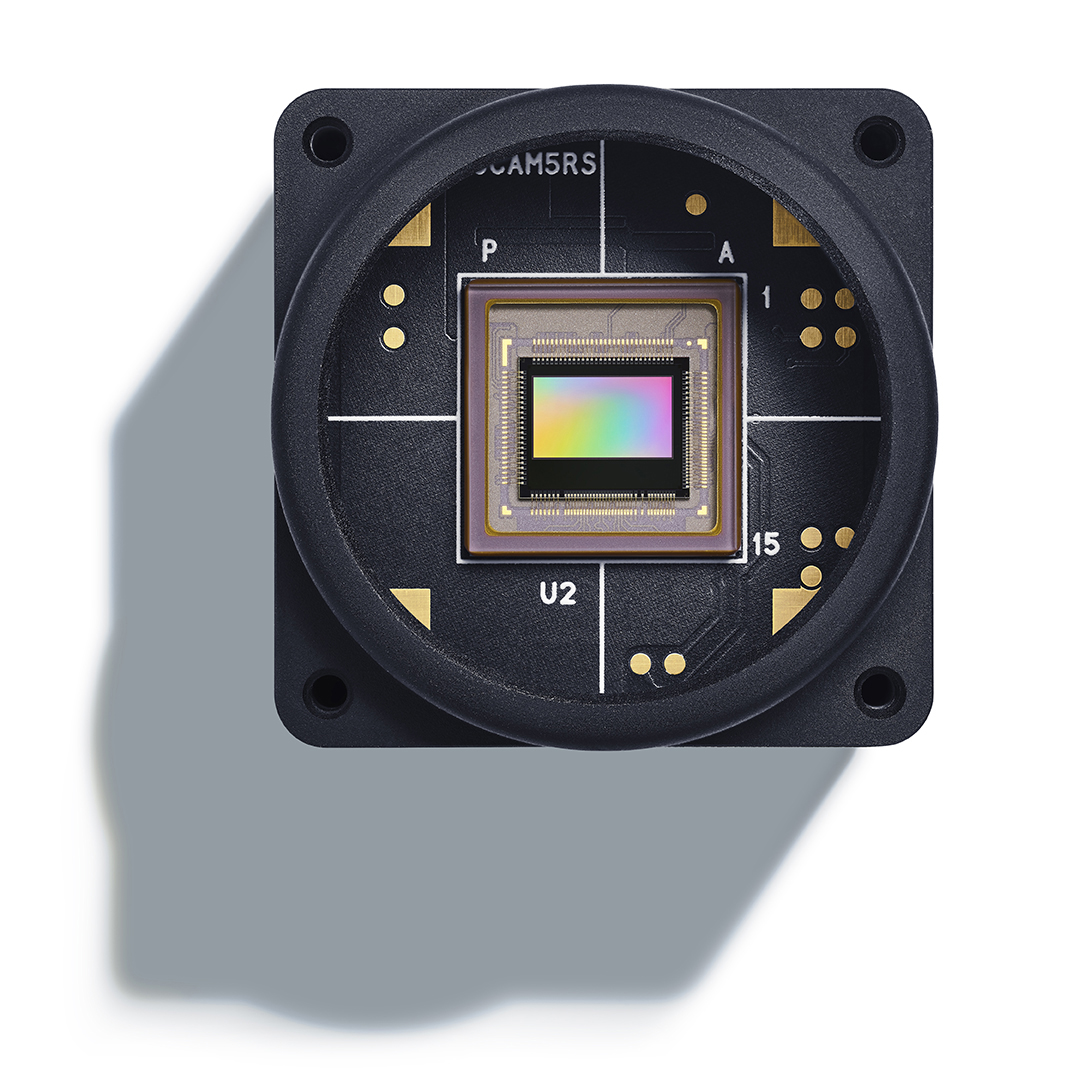NEUROMORPHIC CYTOMETRY: IMPLEMENTATION ON CELL COUNTING AND SIZE ESTIMATION
THE UNIVERSITY OF SYDNEY, UNIVERSITY OF TECHNOLOGY SYDNEY, UNIVERSITY OF CALIFORNIA
Ziyao Zhang, Zhangyu Xu, Helen M McGuire, Chip Essam, Andrew Nicholson, Tara J Hamilton, Jiayin Li, Jason K Eshraghian, Ken-Tye Yong, Daniele Vigolo, Omid Kavehei
ABSTRACT
Imaging flow cytometry (FC) is a powerful analytic tool that combines the principles of conventional FC with rich spatial information, allowing more profound insight into single-cell analysis. However, offering such high-resolution, full-frame feedback can restrain processing speed and has become a significant trade-off during development. In addition, the dynamic range (DR) offered by conventional photosensors can only capture limited fluorescence signals, which compromises the detection of high-velocity fluorescent objects. Neuromorphic photo-sensing focuses on the events of interest via individual-firing pixels to reduce data redundancy and latency. With its inherent high DR, this architecture has the potential to drastically elevate the performance in throughput and sensitivity to fluorescent targets. Herein, we presented an early demonstration of neuromorphic cytometry, demonstrating the feasibility of adopting an event-based resolution in describing spatiotemporal feedback on microscale objects and for the first time, including cytometric-like functions in object counting and size estimation to measure 8 µm, 15 µm microparticles and human monocytic cell line (THP-1). Our work has achieved highly consistent outputs with a widely adopted flow cytometer (CytoFLEX) in detecting microparticles. Moreover, the capacity of an event-based photosensor in registering fluorescent signals was evaluated by recording 6 µm Fluorescein isothiocyanate-marked particles in different lighting conditions, revealing superior performance compared to a standard photosensor. Although the current platform cannot deliver multiparametric measurements on cells, future endeavours will include further functionalities and increase the measurement parameters (granularity, cell condition, fluorescence analysis) to enrich cell interpretation.




